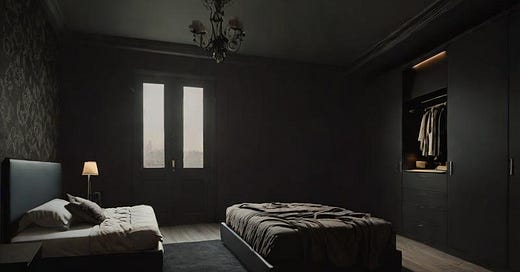We’ve all entered into our bedroom in pitch darkness, and either completely missed the bed, or stubbed our toe on a piece of furniture. Musicians have also all entered into a harmonic minefield and gotten blown up.
As musicians, often we are expected to improvise melodies over moving harmony. A lot of educational resources provide a methodology of chord-scale relationship - in short, groups of chord and scale families that define a particular sound or mode that can be used to safely inform the formation of melodic material in context.
This is a method that I studied and subscribed to for many, many years. It works for certain. However, elements of creativity are left out of this rather literal approach.
Take for instance, a C major triad. The notes C, E, and G are defined. A melody that is based on consonance would need to address or imply the existence of those notes.
Now, imagine each note of that chord is a separate piece of furniture in a dark room. First thing we are going to do is feel around for the boundaries of the room itself, and where each piece of furniture is. Can we make a path from the wardrobe (maybe a G) to the bed (probably the C)? Can we get there without tripping over the ottoman (the E?).
Now imagine we have a fuller chord with extensions. Gmaj9#11 (G, B, D, F#, A, C#). We’ve got a lot more furniture in our room, and less empty space to get from one place to another.
This type of thought game has also helped me in the composition world. It’s easy to be a product of an academic perspective of music and write everything with the same level of harmonic density. Sometimes simpler “rooms” leave more options for melodic travel.




